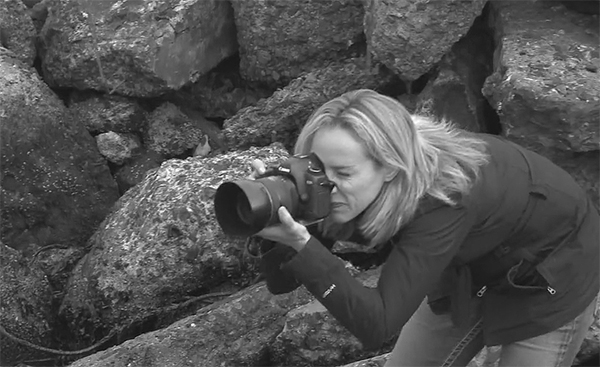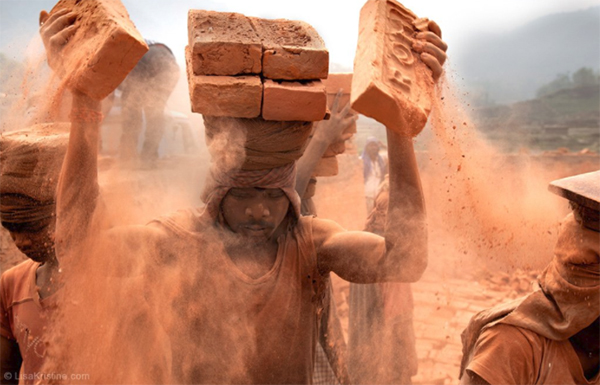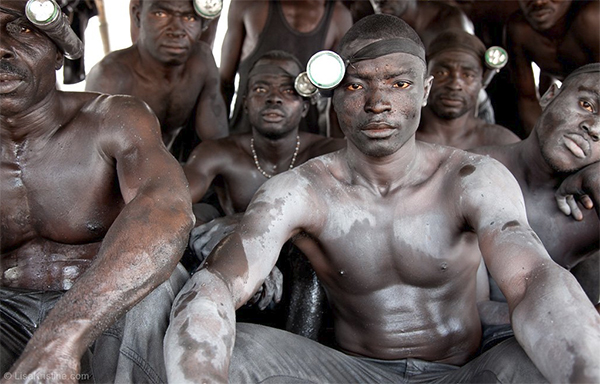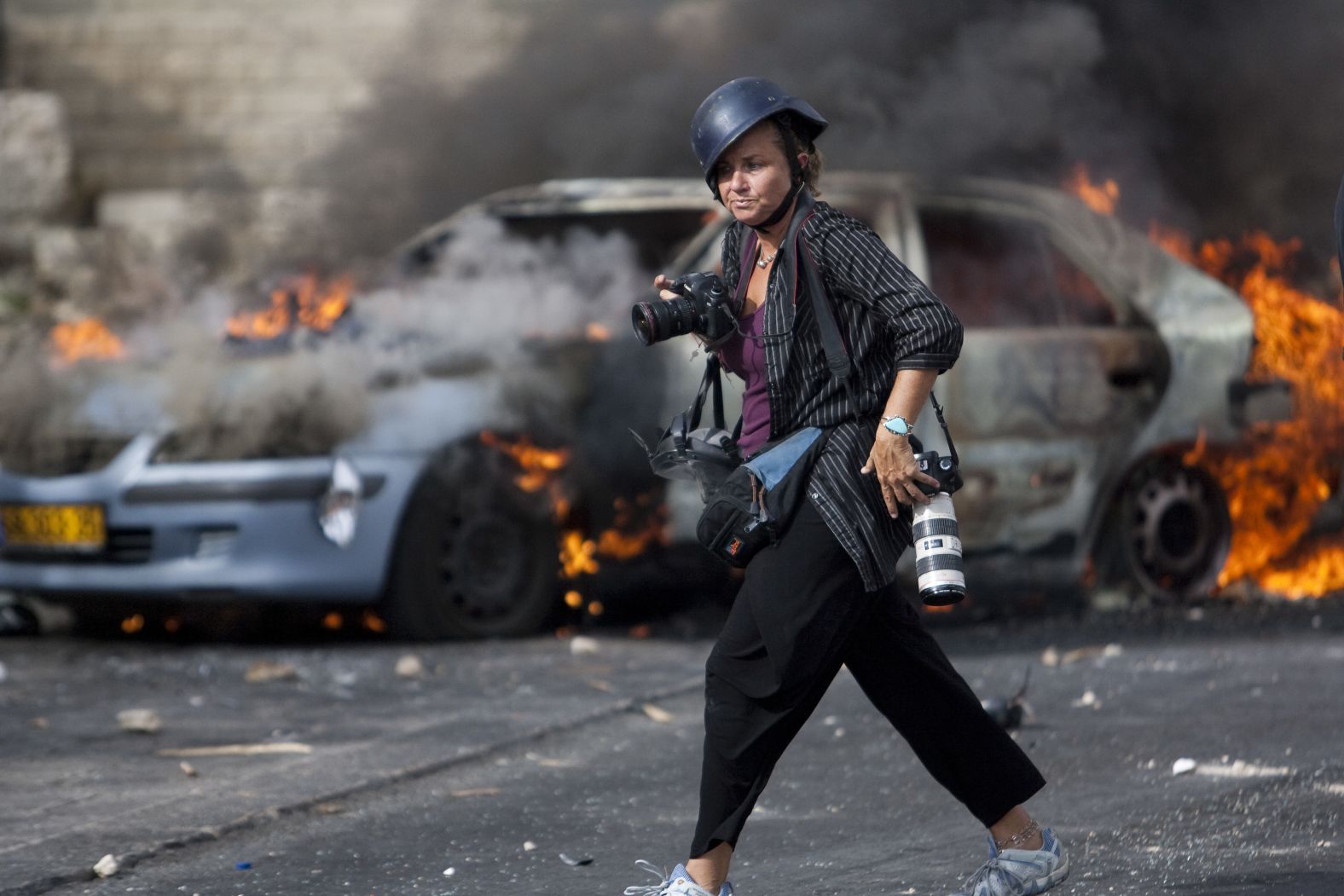Women Photojournalists
Humanitarian Photographer Lisa Kristine
 |
| Image of Lisa Kristine - Photo by Eric Jordan |
Lisa
Kristine is a photojournalist passionate about shedding light on the suffering
of Indigenous people. Over her thirty-year career, she has created provoking
and provocative photos that moved public opinion with their story of the
suffering of her subjects. By sharing their story through her photography, she can
ignite change for these people. Lisa Kristine explains her perspective with her
photography by saying. “I believe that a sound work of art should be captivating each time it is viewed. A viewer from any location or walk of life can directly relate to the subject of my images. Often, people tell me they have been emotionally and viscerally moved, especially by the humanitarian photographs I make” (Kristine). Lisa Kristine has been awarded the
Lucie Humanitarian Award, Photographic Society of America’s (PSA), and the Prestigious
International Understanding Through Photography (IUTP) Award (Kristine).
Her voice reached far and wide to gain attention and support for humanitarian causes. Beyond her photojournalistic success, she is now working on raising awareness as a speaker where her TEDX talk “Photos That Bear Witness to Modern Slavery,” where she speaks about her experience as a photojournalist and what she has seen firsthand. Lisa Kristine has had her TedX Talk and her photos viewed by millions, and the stories she shares about people around the world still enslaved and the hope to bring awareness to this humanitarian issue.
The article “Why I Free Slaves – Photographer Lisa Kristine” features on the website Free The Slaves. Net, they spoke about Lisa Kristine’s time in Nepal. She shares a story about her time in Nepal, where she witnessed men, women, and children carrying bricks in unbearable heat with no food or water, working 16 hours a day (Why I Free Slaves).
 |
| by Lisa Kristine |
Another time, she was in Ghana at Gold Mind, where women worked while carrying their infants in conditions that exposed them to toxic chemicals (Kristine).
 |
| by Lisa Kristine |
I
believe this empathy and understanding can be an asset to getting the right
shot. Often, the photographer's perspective can create an amazing shot; no two
people see things the same way; therefore, their approach through the lens will
also be different. This difference of perspective also happens between men and
women; Photojournalist Natalie Keyssar, in her interview, explained,
Women photojournalists face
obstacles in their profession: bias, racial and gender issues. TheAuthority collective is a group trying to assist these artists in
reaching their goals and fighting against these barriers. However, the media
industry is not the only area where women have had obstacles to stand in the
way of their professions. According to "Women are advancing in the workplace, but women of color still lagbehind" Adia Harvey Wingfield
discusses Margaret Chin, a sociologist study of women of color in the workplace.
Chin explained that women of color experience "racialized and gendered forms
of sexual harassment" along with stereotypical assumptions (Wingfield). According
to Chin's study, Wingfield's article explains that these occurrences often make
these groups underrepresented in more advanced positions in business, law,
medicine, and academic employment.

Photo of Heidi Levine War Photojournalist photo by CNN.COM
Comments
Post a Comment